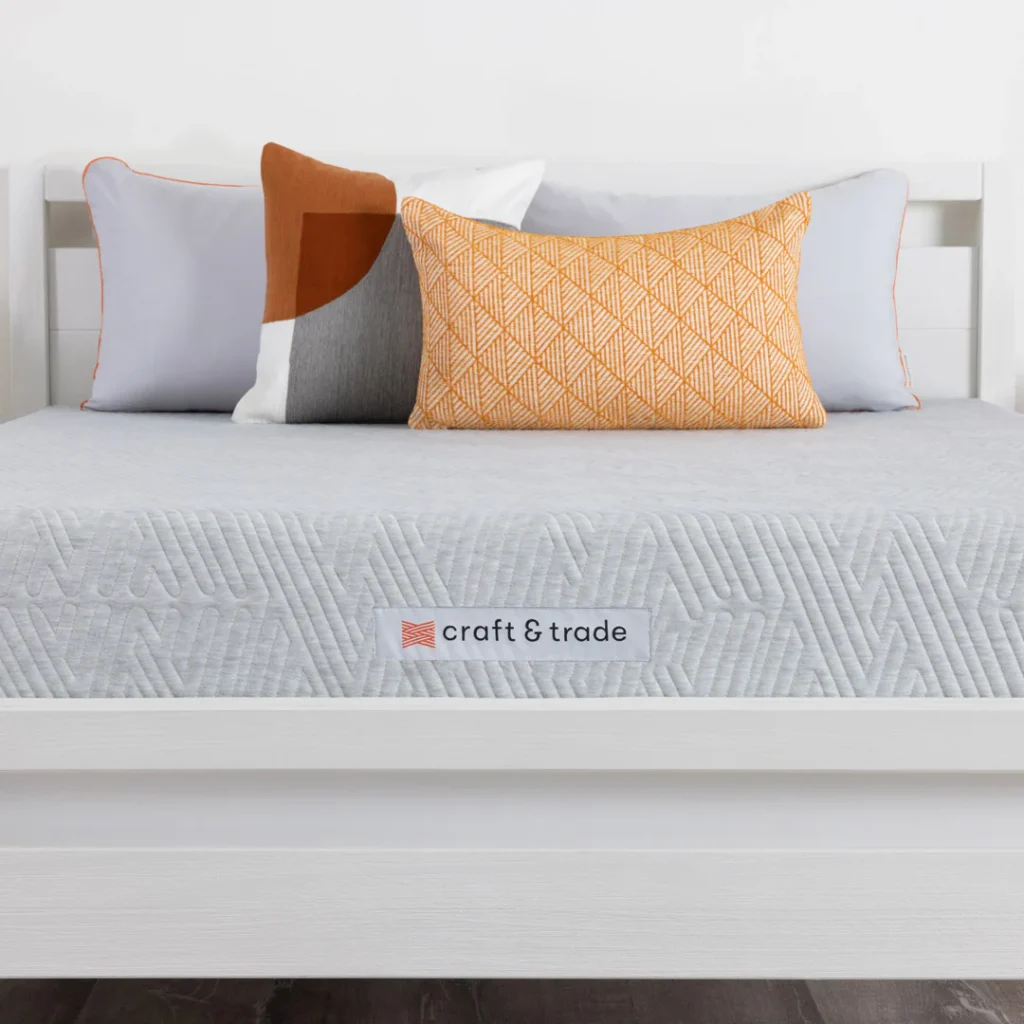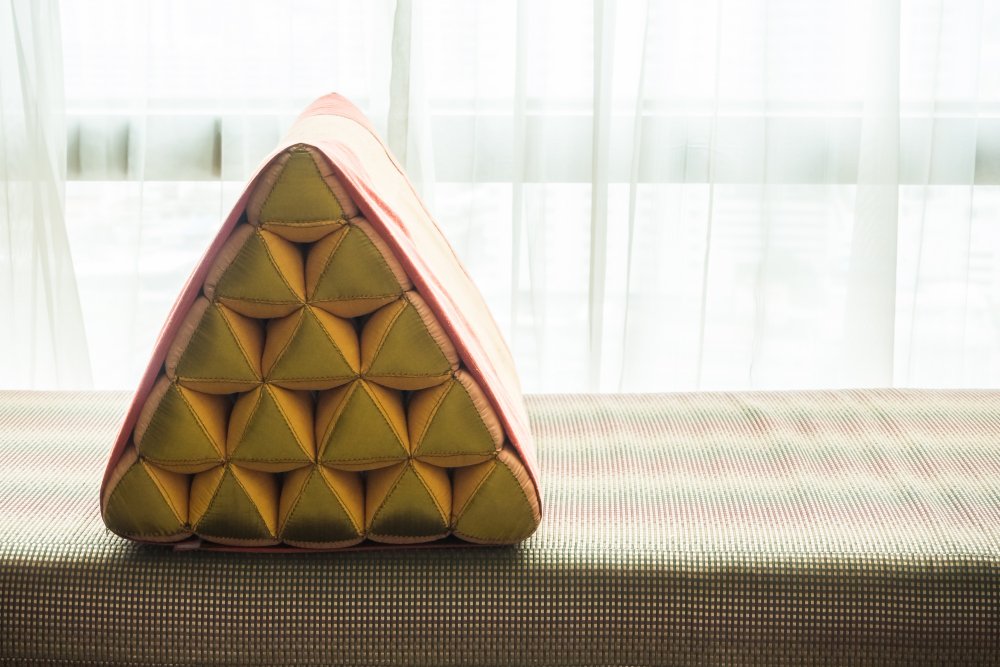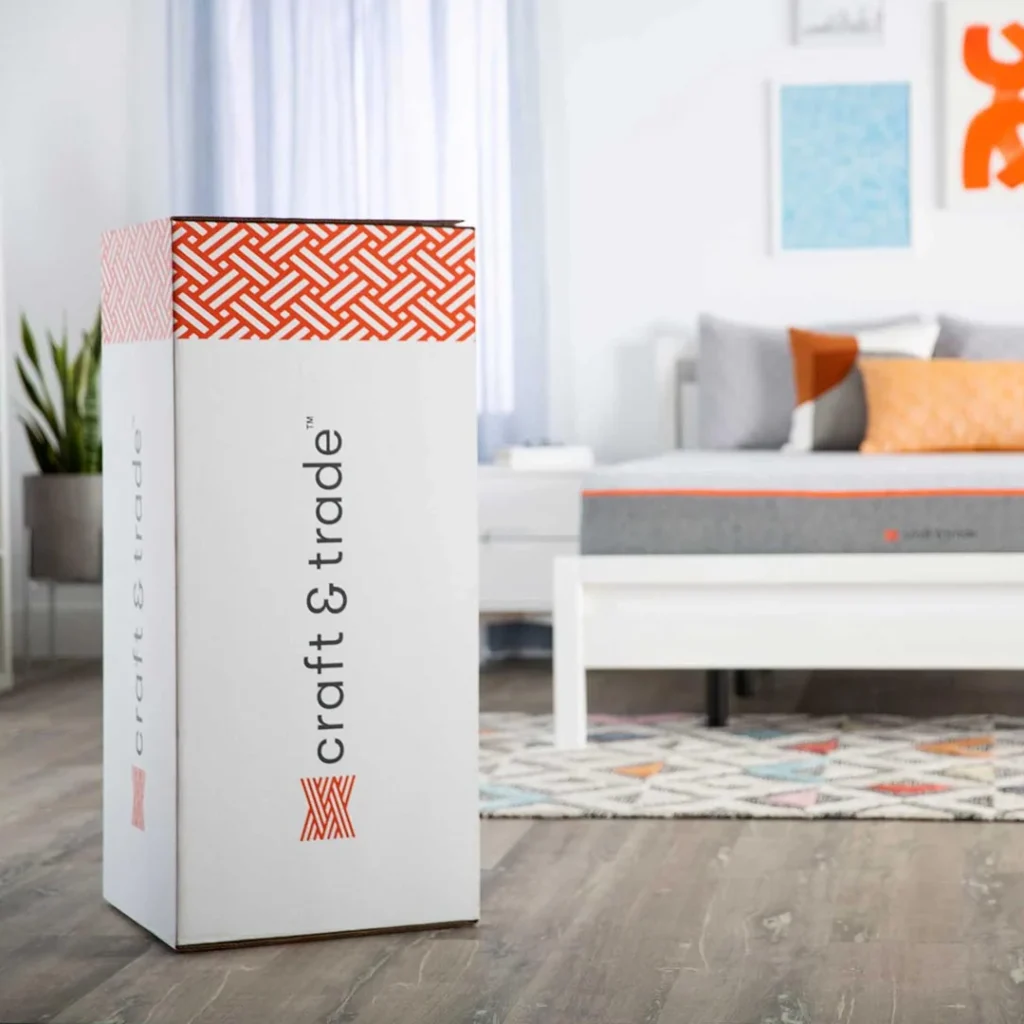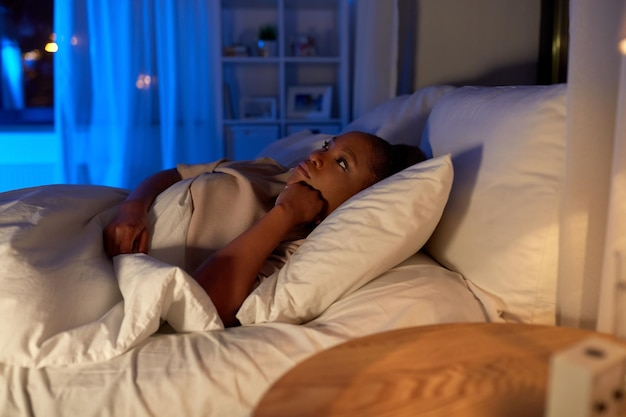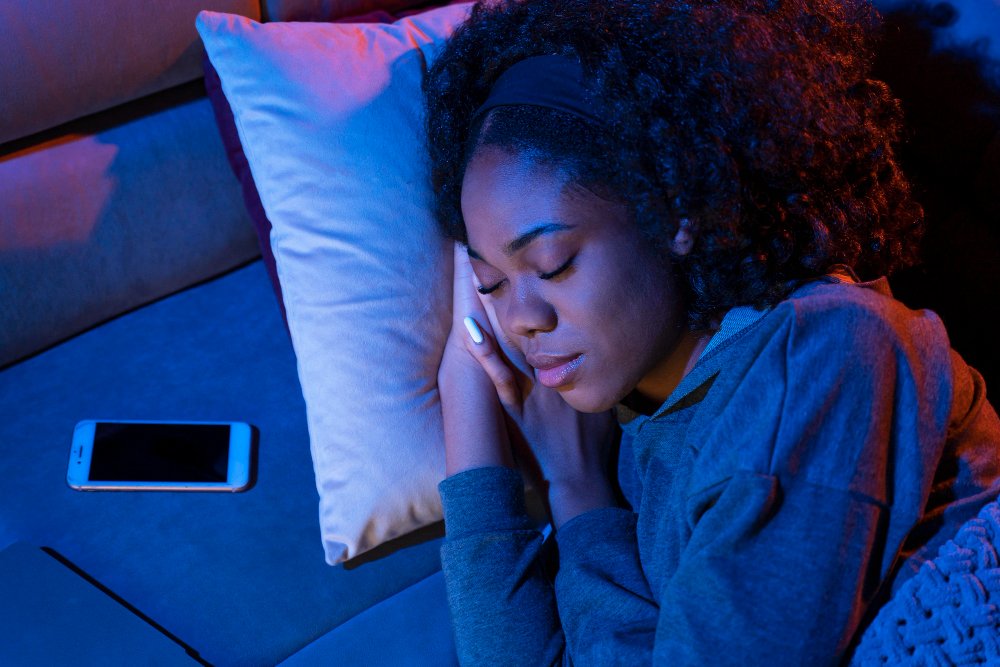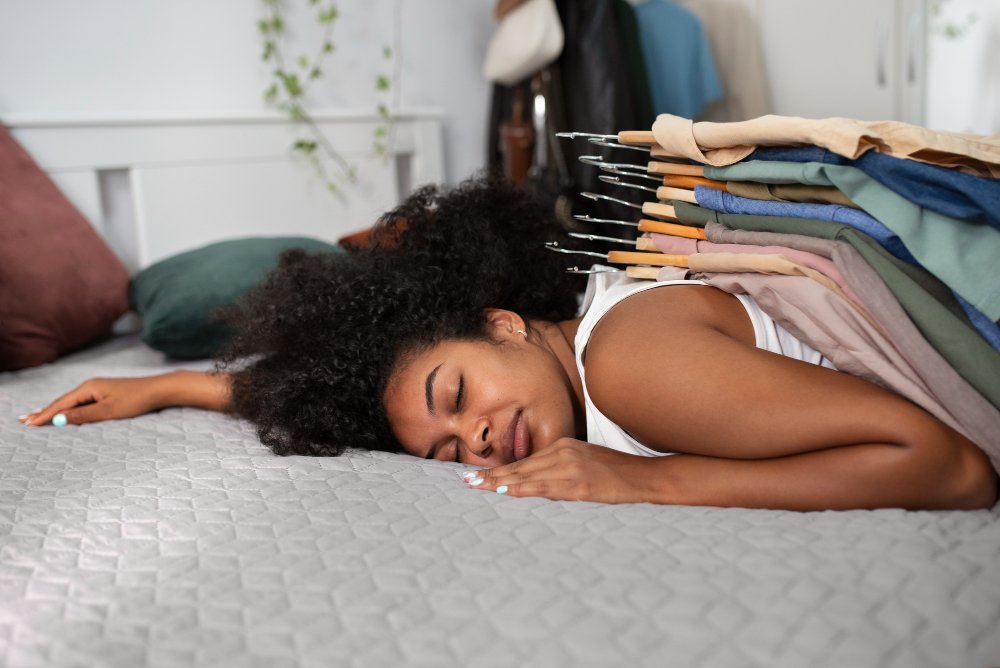California’s Proposition 65
California’s Proposition 65Many mattresses currently available on the market may expose consumers to chemicals identified as harmful under California’s Proposition 65, also known as the Safe Drinking Water and Toxic Enforcement Act of 1986. This means manufacturers must provide a warning label to consumers about potential exposure to chemicals known to cause cancer, birth defects, or other reproductive harm.Key chemicals implicated•Flame retardants: Many mattresses use chemical flame retardants like antimony trioxide, chlorinated tris, TBBPA, TCEP, and PentaBDE to meet flammability standards. These chemicals can migrate into the air and dust, potentially causing various health problems, including developmental toxicity, reproductive harm, and neurological issues, according to Made Safe.•Volatile Organic Compounds (VOCs): Polyurethane foam, a common mattress material, emits VOCs, which can cause respiratory irritation, headaches, dizziness, and may increase the risk of cancer in the long term, according to Orbasics and Consumer Reports. These VOCs can linger for weeks or months after a new mattress is unboxed.•Phthalates: These chemicals are used as plasticizers in mattress covers and other components. They are known endocrine disruptors linked to reproductive issues, developmental problems, and other health concerns, according to the Proposition 65Warnings Website.•Formaldehyde: Used in adhesives and binding agents in some mattresses, formaldehydecan irritate the eyes, nose, and throat. Prolonged exposure is linked to increased cancerrisk, says CA.gov.Regulations and consumer protection•California laws: As of January 2020, California has banned the sale of new upholstered furniture, replacement components of reupholstered furniture, and foam in mattresses that contain more than 0.1% of certain flame retardant chemicals. California also has laws specifically targeting the use of PFAS (per- and polyfluoroalkyl substances) in juvenile mattresses, effective July 2023, and textile articles (including mattresses), effective January2025.•Proposition 65: This law requires businesses to warn consumers about potential exposureto listed chemicals. This warning does not necessarily mean the product is unsafe, but rather that it may contain a listed chemical.•Certifications: Consumers can look for mattresses certified by organizations like CertiPUR US®, GOTS, GOLS, or OEKO-TEX, which test for the absence of certain harmful chemicals and VOCs.Recommendations for consumers•Choose certified mattresses: Look for certifications like CertiPUR-US®, GOTS (Global Organic Textile Standard), GOLS (Global Organic Latex Standard), or OEKO-TEX,•Opt for natural materials: Choose mattresses made with materials like organic cotton, wool, and 3rd party verified foams like OEKO-TEX and CertiPUR-US.•Avoid certain chemicals: Be wary of mattresses containing polyurethane foam, vinyl covers, added fragrances, and chemical flame retardants.•Ventilate new mattresses: Allow new mattresses to off-gas in a well-ventilated room for a few days to reduce exposure to VOCs,•Consider alternatives: If replacing your mattress isn’t an option, use organic mattress toppers, air purifiers with activated carbon, and wash bedding frequently No worries here at Mattress Galaxy. Every mattress was purposely chosen to be the safest mattress with no Proposition 65 disclosure needed. I heard so many stories about people getting sick from their mattresses. The smell was causing some to get dizzy, nausea, vomiting, hospitalized. Then people were telling me about fiber glass in their mattress that goteverywhere in the home. They had to stay in a hotel while they hired a professional cleaning services costing more than a new car. It was so disturbing that I started studying to see which mattresses to avoid. Then I sought to find the safest mattresses. Then I sought to find the hardest working mattresses. These are my findings. These 8 mattresses are the cream of the crop. The best you can get for safety and cutting edge benefits.
